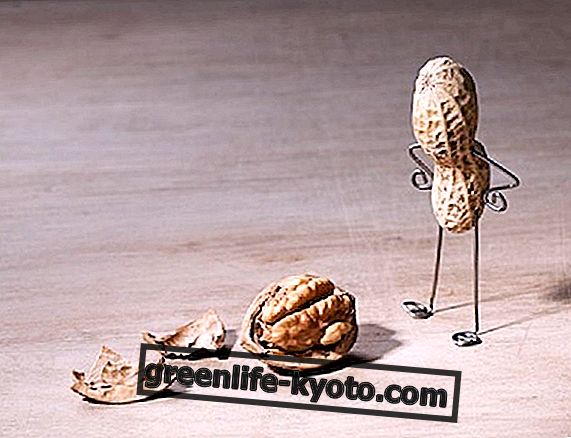
Muscle spasms, uncontrolled stiffening, tensions that flow onto the muscles but depart from the central nervous system, bruises from sports trauma, are all conditions that can create debilitating problems, which reduce personal autonomy and limit the possibility of movement.
In case of transient acute conditions the drug is the remedy with the most immediate effects, which allows to return to an active and normal life in a short time, without complications.
There are various types with different mechanisms of action, from anesthetics to antispasmodics, which act either only on the muscular portion, or also involve skeletal muscles and the nervous system.
When to choose natural muscle relaxants
If instead it is a question of chronic conditions, or of a psychosomatic nature, for which the origin of the muscular stiffening arrives "from afar" and recurs periodically it is advisable to prefer natural muscle relaxants, which act in more diluted times, often not only approaching the symptom but also the cause, they can be associated with other natural remedies and work in synergy and above all they do not present dangerous undesirable effects on the stomach, liver and kidneys.
Let's see which natural muscle relaxants prefer in case of headaches, lumbago, cervicalgia, nocturnal cramps.
What are natural muscle relaxants?
In nature there are plants and minerals that boast relaxing properties, both of the central nervous system and of the smooth and striated muscle groups, and can be used in synergy to improve muscle tension. Some act by sending messages to the inhibitory neurotransmitter, GABA, which in a circuit of neuronal messages presides over the alternations of muscle tension / relaxation.
Magnesium
Magnesium is a mineral with highly effective muscle relaxant properties . It acts on the GABA circuit and improves muscle contracture conditions, but not only, it counteracts stress, fatigue and improves sleep quality .
In fact magnesium is present in bones, muscles and the brain. It is possible to take it as a supplement with dosages indicated by the doctor as needed .
Even the Epsom salts dissolved in the hot water of the tank are effective to dissolve muscle tension and act as muscle relaxants through epidermal absorption.
Chamomile
Chamomile is a natural muscle relaxant that acts on smooth muscles, in particular that of the gastrointestinal tract, thanks to the presence of flavonoids.
It is therefore indicated in case of abdominal spasms and as an anti-inflammatory if in the presence of gastritis and colitis. It also performs a mild sedative action.
Hemp
The natural muscle relaxant hemp, a delicate subject above all for its legal use, here we treat it in a merely informative way. Cannabis Sativa is the type of hemp indicated for therapeutic use and its active principle of scientific interest is Thc .
In the human brain there are specific receptors of cannabinoids which, when solicited by the substance, are able to moderate the perception of pain, therefore functions as an analgesic, which also allows the muscles to relax.
In particular, cannabis sativa is effective in case of muscle spasms because it reaches the receptors located in the cerebellum which controls motor functions .
Hop
Hops also belong to the Cannabacee family, and female inflorescences are used (it is a dioecious plant with male and female specimens).
It has sedative, spasmolytic and not only, also eupeptic, diuretic properties . It acts on the central nervous system and is indicated as a muscle relaxant in the presence of muscle contractures due to stress conditions, anxiety that occurs at the somatic level on cervical and lumbar portions of the back or on the gastric wall.
It is possible to use hops in hydroalcoholic extract for a targeted effect.












